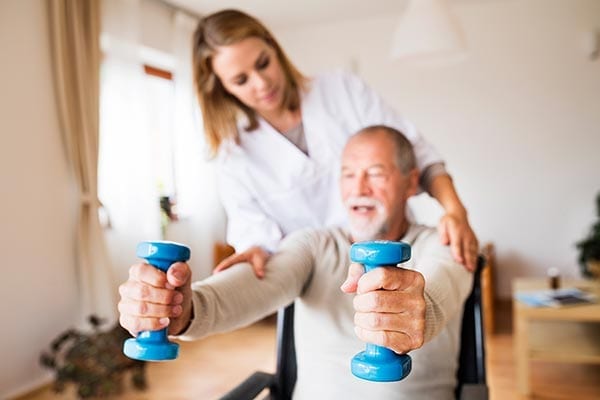Exercising With Chronic Pain

Incontinence Post-Prostatectomy
March 24, 2021
Stretching For Sports
February 10, 2022In a major change in pain treatment policy, the National Institute for Health and Care Excellence (NICE) said that people suffering from chronic pain should be offered exercises rather than use analgesics to manage their pain. Starting an exercise programme can be scary for people with chronic pain but physiotherapists have an understanding of exercising when in pain and can assist in the challenges that arise for people living with pain when starting out with exercise.
Do at least 150 minutes of moderate intensity exercise (exercises that will raise your heart rate and make you breathe faster) per week or 75 minutes of vigorous intensity exercise. Don’t just exercise the painful body parts, exercise the non-painful parts as well. Your programme should include a mix of aerobic exercises, resistive exercises as well as motor control training. Have plenty of recovery breaks in between sets of exercises. It is not a problem to feel pain during and shortly after exercise and remember, pain doesn’t equal harm and pain is not a measure of the state of the tissues. Pain should subside prior to the next exercise session.
Exercises should be fun!
It should fit your needs!
Try and be conservative when setting the baseline!
Be mindful of your capabilities!
The reaction to exercise is an important topic of discussion. Flare ups are common, normal and to be expected. Avoid continuously increasing pain. Grade the exercise so you avoid flares up and factor recovery days into your new exercise regime.
Discuss the content of your exercises programme with one of our physiotherapists. If you have any question related to chronic pain, please do contact us.
Author: Ahmad Salma MISCP



